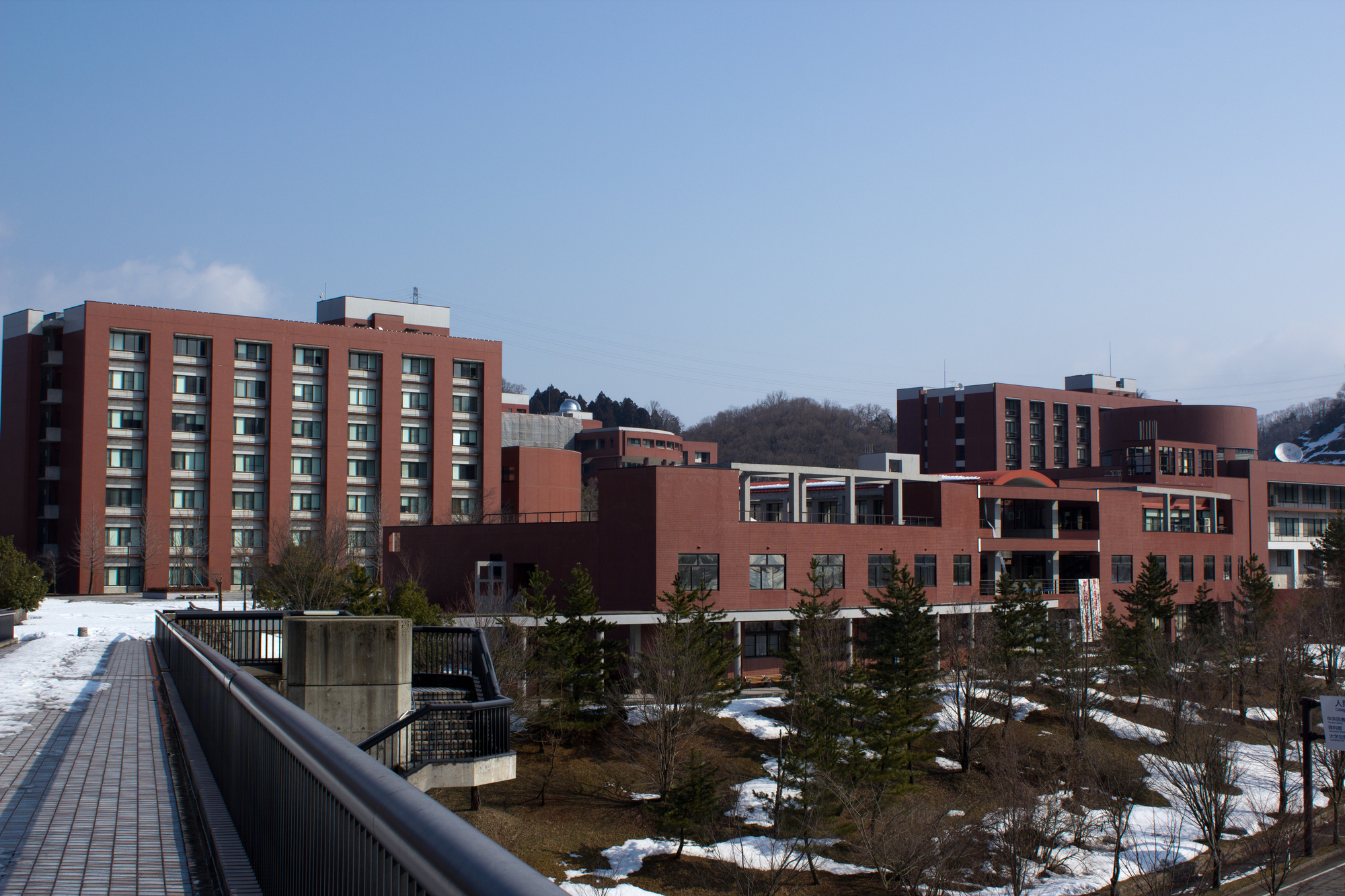An international collaborative research group led by Associate Professor Teruya Maki of Kanazawa University has investigated the types of microorganisms that spread from the deserts of the Eurasian continent to the entire Asian region due to the westerly wind, and the types of bacteria that reach South Korea, which is the intermediate point of their arrival. I clarified.
In Japan and South Korea, yellow sand from the Gobi Desert and Taklimakan Desert in Central Asia frequently occurs in spring.At this time, microorganisms in the desert attached to the sand and microorganisms from the surface of the earth and seawater on the way are also carried, but there are many unclear points such as the types of microorganisms carried and the transmission of pathogens of humans and plants.
The International Collaborative Research Group investigated fine particles in the atmosphere in Yongin near Seoul, South Korea and Yonago, Tottori Prefecture, Japan during the four months from early spring to summer of 2015, when yellow sand came in frequently. Confirmed the arrival of microorganisms from Yongin.Therefore, the amount and species of microorganisms were determined by observation with a fluorescence microscope and state-of-the-art gene analysis technology.
As a result, the following discoveries were made.
1) The cell density of bacteria transported across borders increases when yellow sand develops, but the change in species composition is small, so microorganisms derived from yellow sand are constantly floating in the atmosphere.
2) In early spring, there are more bacteria than in late spring and early summer air, and the species changed from early spring to late summer, so the species composition of bacteria in the early spring air is greatly affected by yellow sand.
3) Yonago has a wider range of bacterial species than Tatsuhito, and relatively many are from the sea, and bacteria are mixed during cross-border transportation.
Furthermore, it was revealed that sand particles from the desert mix with artificial particles in industrial and agricultural areas, and that microorganisms change from moment to moment while being transported and diffused.
In the future, it is expected that research will be advanced from the viewpoint of the diffusion of microorganisms that are harmful to humans, animals and plants, and that public health will be provided to the national government for hazard map creation and measures against pandemics.

